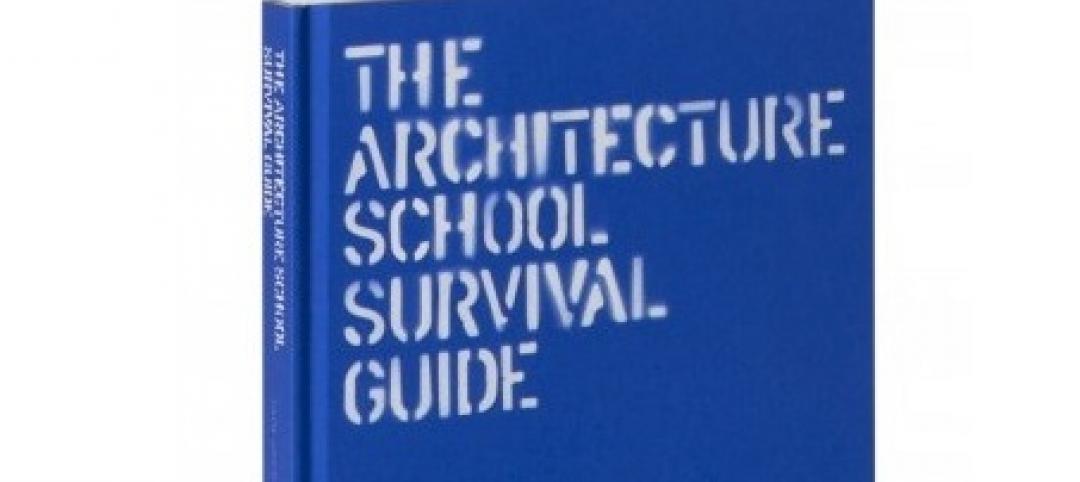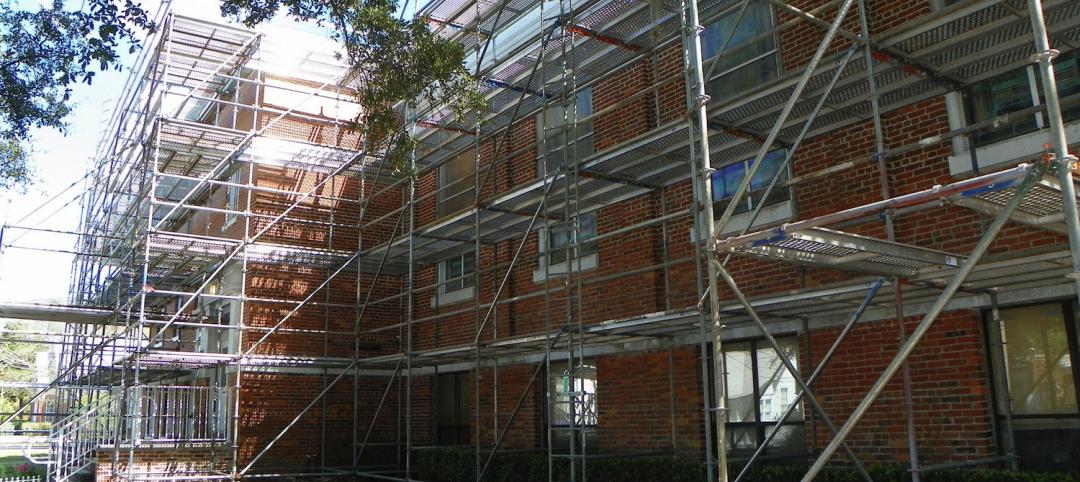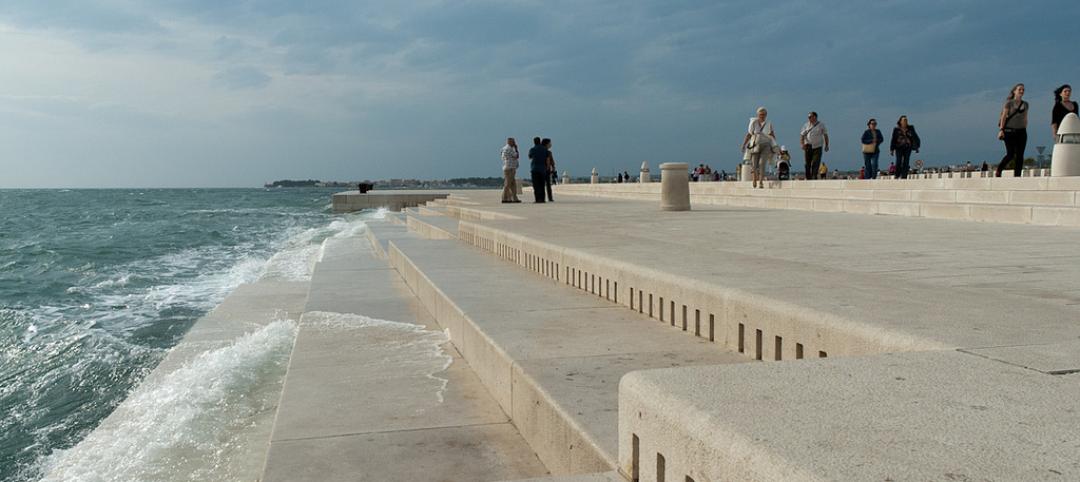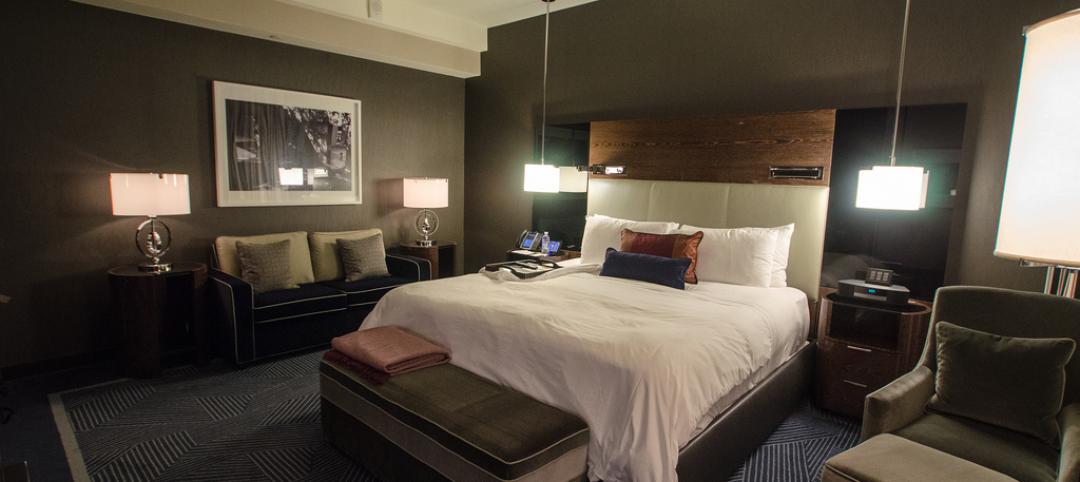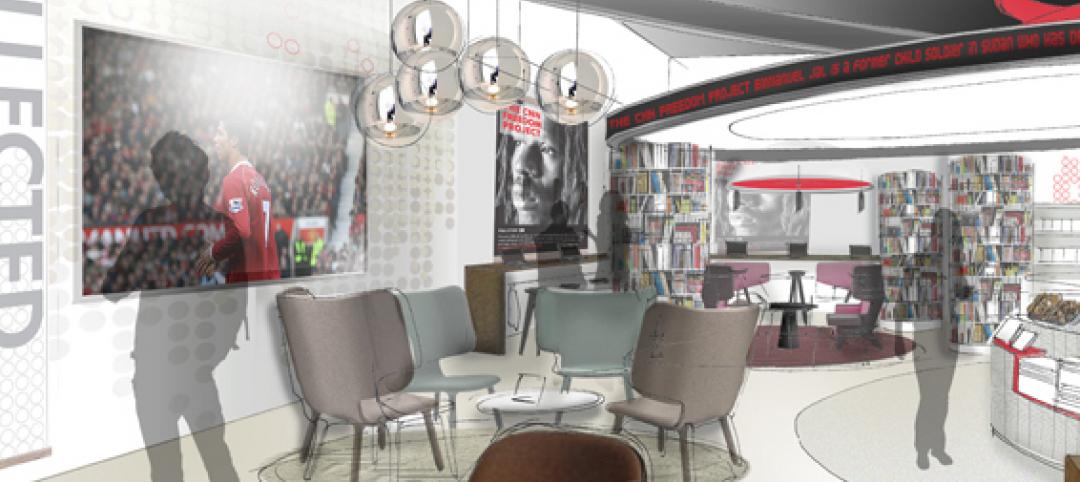An estimated three million car trips will be eliminated from the Southeastern United States each year—one of North America's region busiest with visitors, thanks to sunny weather and theme parks. At least, that's the plan for All Aboard Florida, the country's only privately owned, operated, and financed railway project.
The 235-mile rail network will connect South Florida to Orlando by utilizing the existing Florida East Coast corridor infrastructure. Global leading architectural firm Skidmore, Owings & Merrill (SOM) was invited on board as architect and planner for the Fort Lauderdale station.
The design, unveiled yesterday, is lightweight and luminous, which SOM Design Partner Roger Duffy says "responds to its setting and creates a striking infrastructural icon for the city."
“Fort Lauderdale is a dynamic city whose leadership understands the importance of creating new opportunities and solutions that keep up with the needs and demands of our increasingly mobile world,” says Michael Reininger, President and Chief Development Officer of All Aboard Florida. “As with our other planned stations in South Florida, All Aboard Florida will not only set a new standard in passenger rail, but will revitalize Fort Lauderdale’s downtown core fueling job and business growth, reducing road congestion, increasing tourism, delivering state and local tax revenues, and contributing long-term environmental benefits.”
The 27,500-sf station will be situated in northern downtown Fort lauderdale on 4.8 acres adjacent to existing Florida East Coast Railway tracks. The building will rise above surrounding buildings, serving as a powerful urban focal point.
A press release from SOM describes how a day in the station would be like:
The plan for the station itself is open and intuitive. Arriving passengers will enter a glazed ticketing lobby at grade level, with dedicated vehicular drop-off and pedestrian links to the city. Travelers will then ascend up an escalator to a bridge over NW 2nd Street, and enter a departures lounge, elevated 30 feet above the station platform.
Additional banks of escalators will take waiting passengers down from the floating lounge, onto the shaded platform, and into their trains. The use of glass throughout this sequence of spaces provides a constant visual connection to the city as well as approaching trains. Viewed from a distance, the station’s stacked, dynamic form evokes a feeling of movement.
Related Stories
Greenbuild Report | Nov 30, 2015
10 megatrends shaping the future of green building
Increased competition among green building rating systems, the rise of net-zero buildings, and a sharper focus on existing structures are among the trends that will drive sustainability through 2020, according to author and green building expert Jerry Yudelson.
Contractors | Nov 24, 2015
FMI survey: Millennials in construction get a bad rap, tend to be loyal, hard-working
While the stigma exists that Millennials are entitled, disloyal, and lazy, it appears that this is not true, according to a new report from FMI.
Cultural Facilities | Nov 23, 2015
BIG plans for Pittsburgh: Bjarke Ingels’ Lower Hill District master plan evokes hilly topography
Paths will be carved to create a dialogue between Pittsburgh’s urbanscape and its hilly surroundings.
Architects | Nov 23, 2015
Dewberry acquires Houston’s Wilson Architectural Group
Now known as Dewberry | Wilson, the firm will have access to more MEP, technology design, site/civil, and land development capabilities.
Architects | Nov 19, 2015
Book helps prevent new architecture students from making common mistakes
Written by Iain Jackson, "The Architecture School Survival Guide" covers both broad designing ideas and specific architecture tips.
Architects | Nov 18, 2015
AIA: Demand for design services still up for the year
October's ABI score was 53.1, down slightly from the mark of 53.7 in September. This still reflects an increase in design services, as any score above 50 indicates an increase in billings.
Architects | Nov 16, 2015
Croatia's 'sea organ' lets the ocean make music
Visitors to the shores of the Adriatic Sea in Zadar, Croatia, can hear the sounds of the ocean in an entirely different way. There, when the waves hit the coast, they make music—literally.
Architects | Nov 16, 2015
Perkins Eastman, ForrestPerkins combine practices
The combined international firm will total almost 1,000 employees.
Architects | Nov 10, 2015
AIA releases nine new contract documents
Include six new forms for design-build projects.
Architects | Nov 9, 2015
Perkins+Will acquires London-based Portland Design Associates
The firms will work together to offer “future-proofing” insights to clients.











